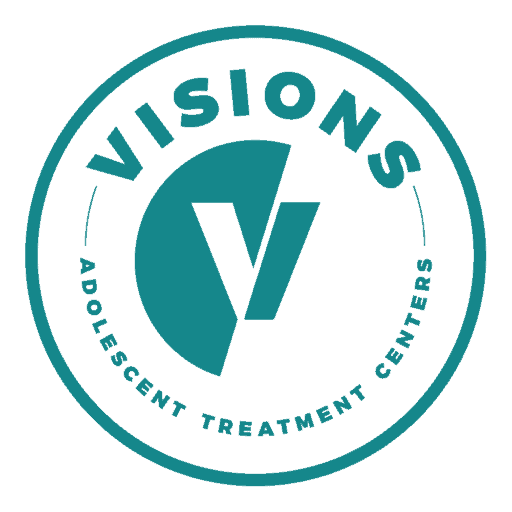On Friday, September 28, we had the honor of co-hosting a Behavioral Health Educational Seminar, addressing Treatment Resistant Mood Disorders, and BiPolar Disorders. We co-hosted the seminar with Austen Riggs and PCH Treatment at the beautiful Victorian in Santa Monica, California.
Eric Plakun, MD, DFAPA, FACPsych and Director of Admissions and Public Relations at Austen Riggs Center spoke about A Psychodynamic Approach to Treatment Resistant Mood Disorders.
David J. Miklowitz, PhD, Professor of Psychiatry in the Divisions of Child and Adolescent Psychiatry at the UCLA Semel Institute and the Bipolar Treatment Consultant at PCH Treatment Center spoke about Bipolar Disorder: Current Thinking About Diagnosis and Treatment. Dr. Miklowitz is also a Senior Clinical Research Fellow in the Department of Psychiatry at Oxford University.
These informational seminars are a wonderful way to build upon one’s education, building upon the ever-changing information surrounding mental health care. Things will change with the new DSM-V slated to come out in the next year. We are incredibly fortunate to have so many knowledgable professionals in our midst.
Check out a few photos from the event. I must say, aside from incredible information from the speakers, the food was out of this world.
Originally posted on October 1, 2012 @ 8:18 pm
